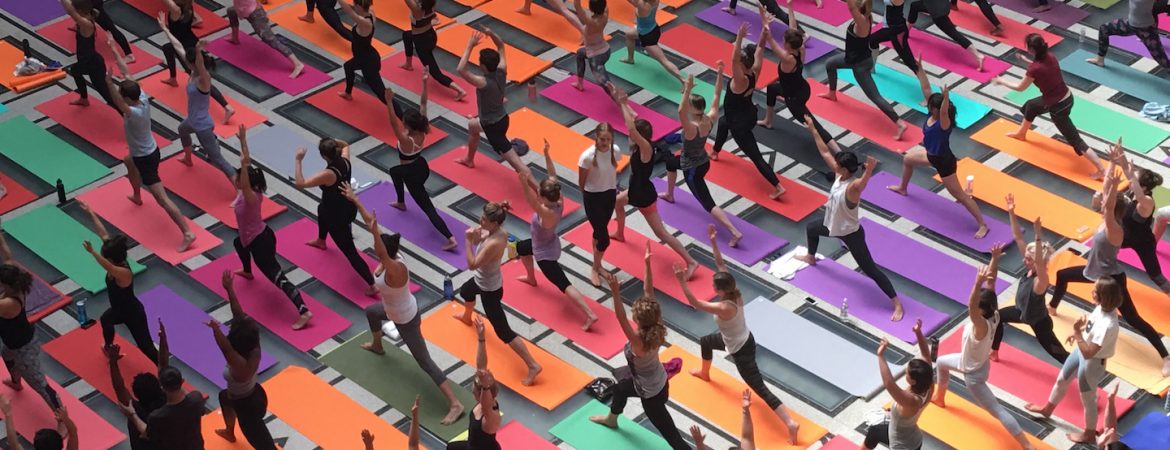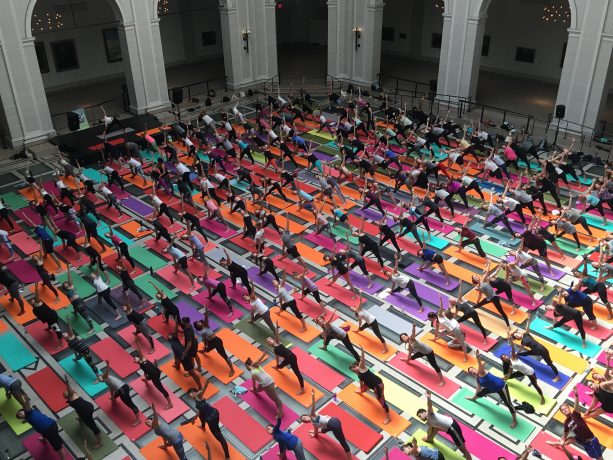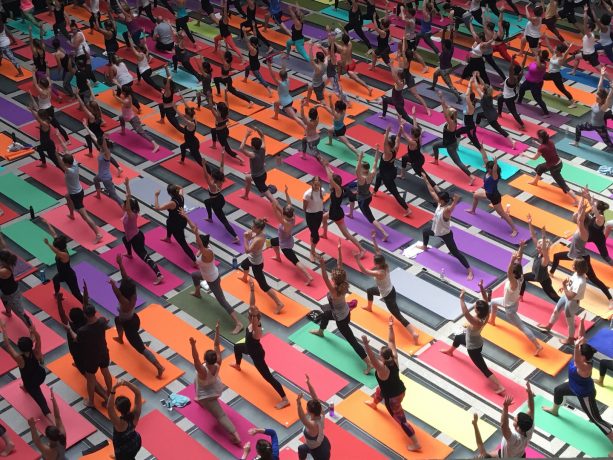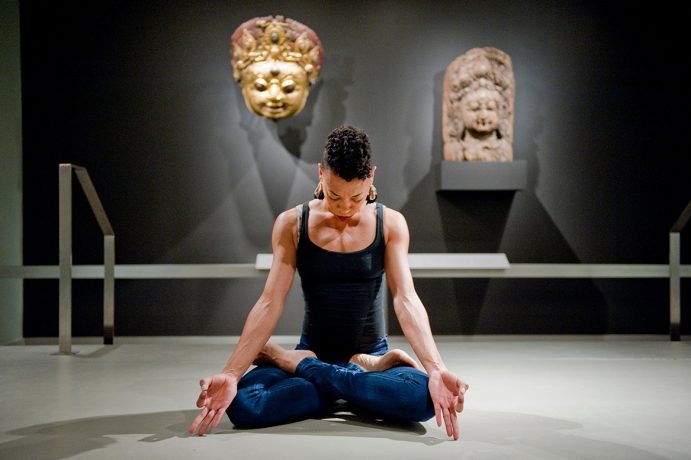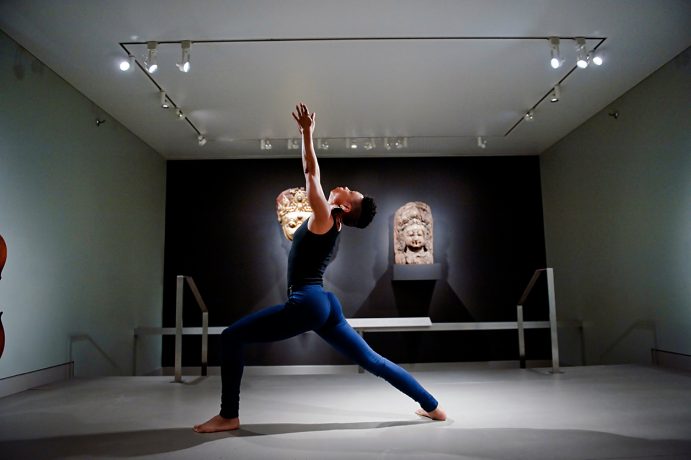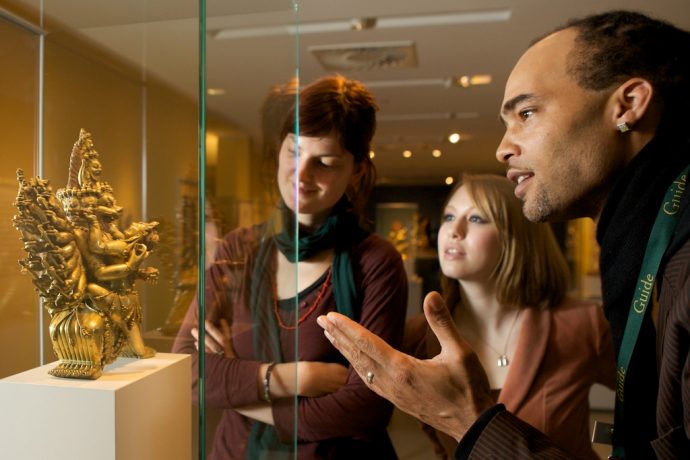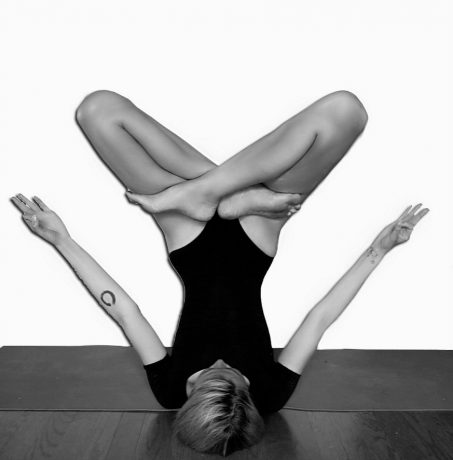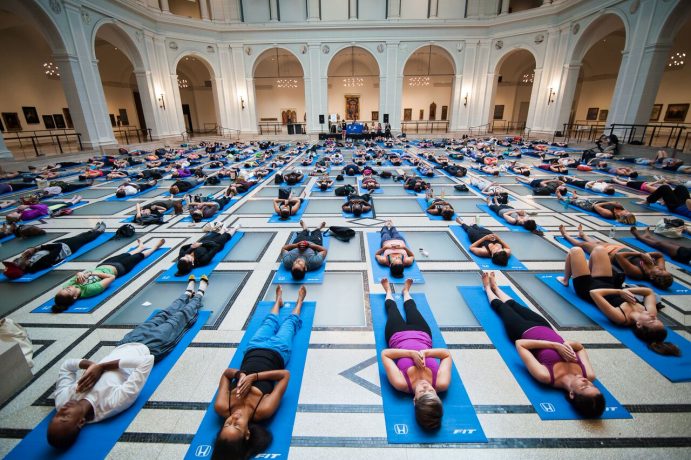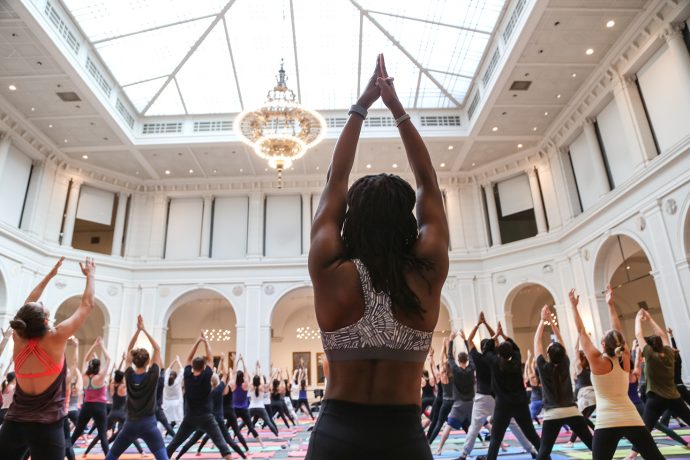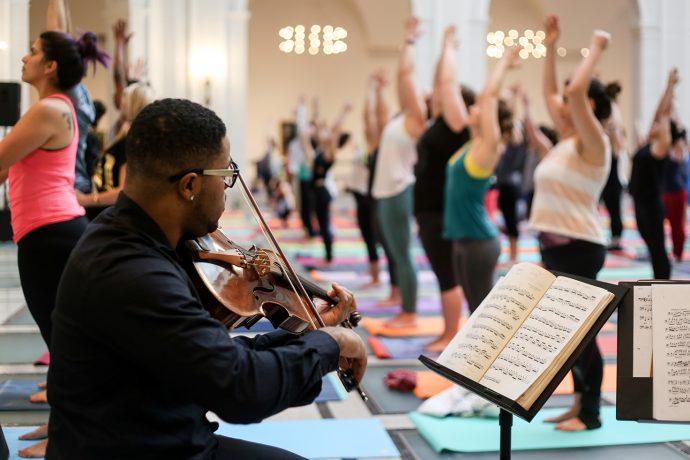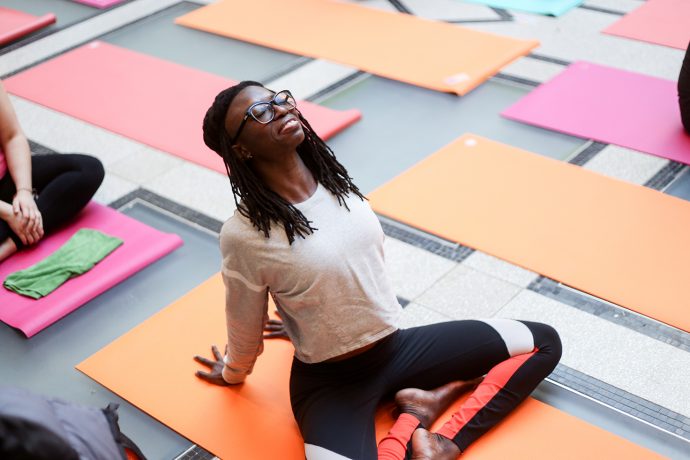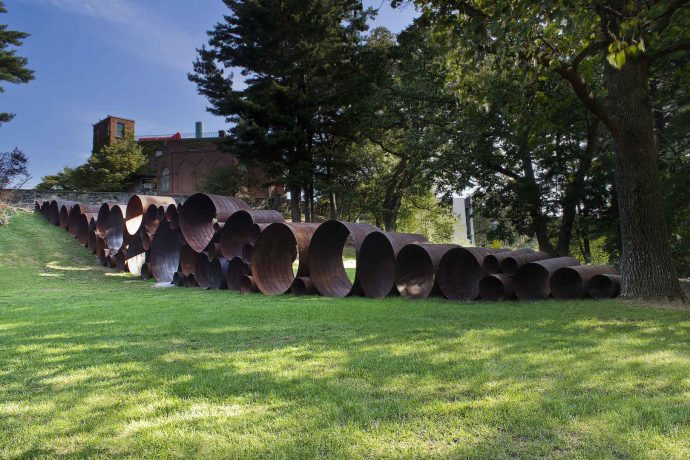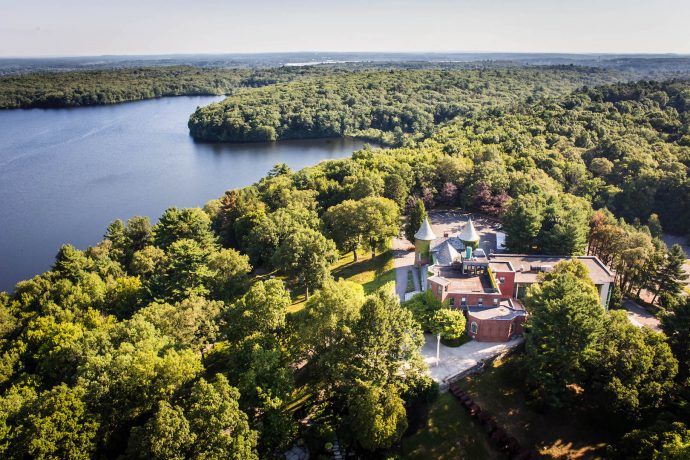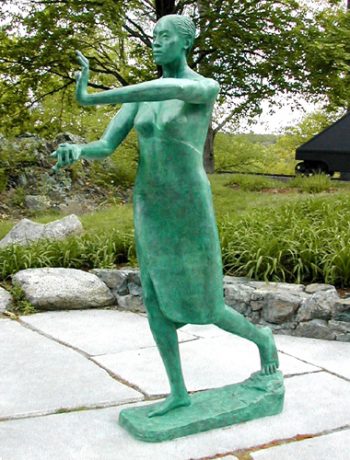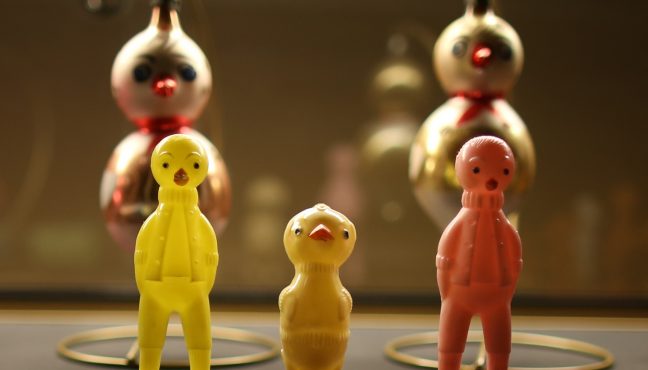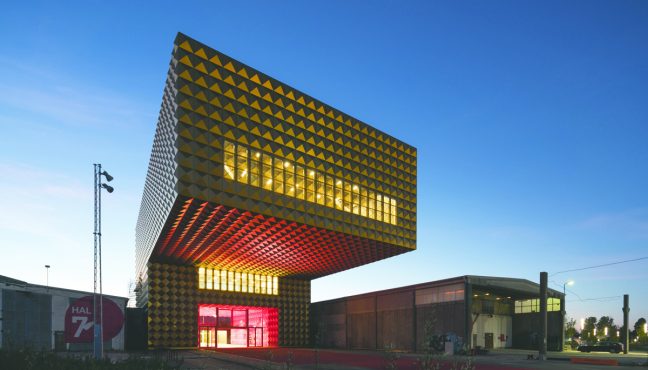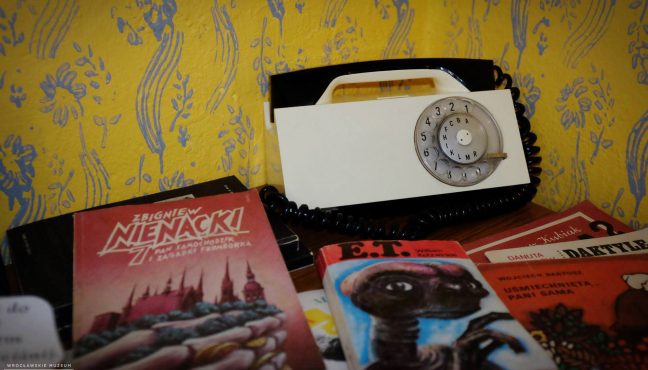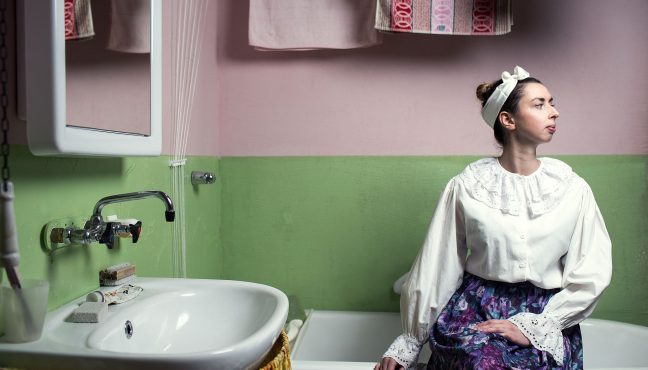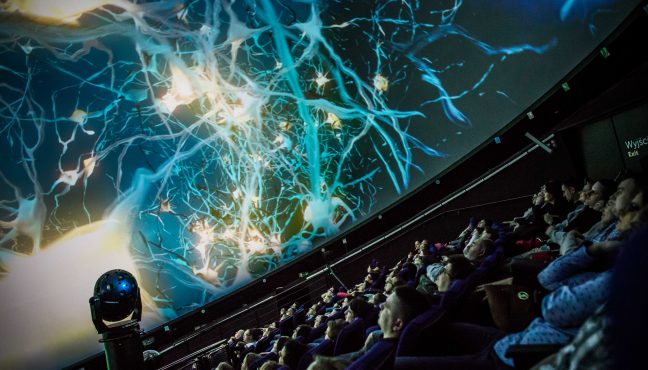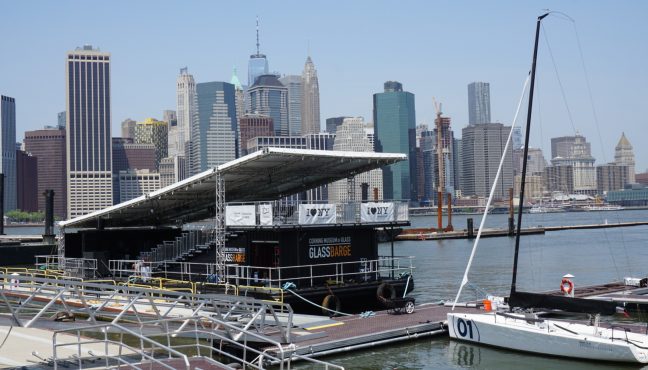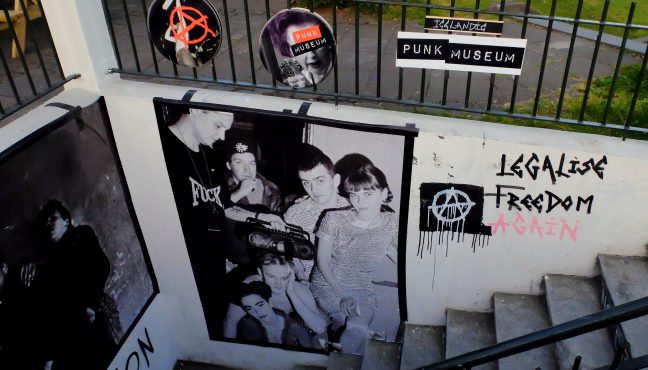Museums all over the world offer unusual workshops, inspiring master-classes, film screenings, art courses and… yoga! More and more art spaces have been introducing kundalini and hatha yoga, meditative practices and relaxation therapy. Museeum talked to Brooklyn Museum and Rubin Museum of Art in New York, the Royal Museums of Fine Arts of Belgium, deCordova sculpture park in Massachusetts, Italian National Trust, gurus and yogis in Europe and the US about yoga in museums.
Brooklyn Museum offers one of the biggest yoga classes for 300-400 people. First Art of Yoga in the Brooklyn Museum was held in 2014, now it is a monthly event. The whole experience is 2 hours long with top yogis from across the city and live instrumentation. It is especially beautiful and restorative because Brooklyn Museum allows you to connect your body, mind, and spirit in a beautiful Beaux-Arts Court surrounded by many histories and cultures. Tickets are $10–20 and include Museum admission.
Alicia Boone, Brooklyn Museum Adult Programs Manager: “We provide intentional programs to make a deep and meaningful connection to works of art. By joining us at the Museum for this restorative program, you can connect back to yourself and your spirit in a beautiful, non-traditional space. Those are the memories that can leave an imprint that can last a lifetime”.
A popular New York studio Sky Ting Yoga collaborates with Brooklyn Museum. We talked to Sky Ting Yoga founders Krissy Jones and Chloe Kernaghan right after the class in the museum:
How does yoga in a museum differ from yoga in your neighborhood gym?
Classes in museums are much larger scale for one. Instead of 40 students, we could have up to 500 students. And because in a museum the space is held sacred, there is a really special atmosphere that very much compliments the practice. A class for such a large group has to be general yoga class level. We work for our class to be dynamic but still accessible for everyone.
Does the museum atmosphere help or rather restrain when teaching a class?
We think it does a little of both. It helps because we are in a new environment and it helps us stay in the moment and adapt to our situation. But it also can be difficult when groups are so large, since we have to be teaching a more general class to 300 people instead of addressing each students personal needs.
Do you include museum artworks that have yoga connections in the practice?
Space can be seen as a sort of artwork, feng shui is important because the energy of the space will have an effect on the body and the practice. While we don’t necessarily reference artwork in the practice, it’s nice to relate the artistic nature of the practice.
New York’s Rubin Museum's yoga classes are a natural extension of the collection that includes art from Tibetan plateau, the Himalayas, India, and neighboring regions, where yoga is in the air. The Museum holds Yoga Connections – a discussion led by an expert about how yoga connects to art presented in the Museum. A yoga teacher and a Rubin Museum docent select a piece of art in the galleries that will inspire a conversation about yoga, its philosophies, and its visual representations.
“The inspiration for starting this program is the belief that yoga is a system of philosophy and practice that seeks to help people align their body and mind in order to transform their experience. Like yoga, the art objects in the Rubin Museum collection, intended for ritual purposes as well as aesthetic ones, seek to link the worldly and the transcendent. Using a piece of art allows for participants to internalize the discussed concepts. For instance, by making a connection through a breathing exercise and art, participants are able to make connections between yoga and the traditions expressed in Himalayan art” – Rubin Museum of Art.
The museum also hosts events connected to the yoga community, including Live Music Yoga Flow, Yoga Gallery Tours, and Mindfulness Meditation. Mindfulness Meditation takes place every Wednesday in partnership with the New York Insight Meditation Center and The Interdependence Project. This programming was created in order to help visitors connect the dots between the Tibetan Buddhist art in the galleries and more contemporary applications in their daily lives. Rubin Museum believes that “museums and art inspire us to look at the world more deeply, which is why holding both of these programs at a museum is the perfect place for our visitors to look more deeply within themselves”.
Museeum friend, model, artist, designer, and profound yogi Aeriane Cohen who just finished her first 10-day silent meditation Vipassana retreat, visited a class in the Rubin Museum and shared her thoughts about the practice: "Once I attend a class in Brooklyn museum, but it was crowded and I went there with friends who were rushing taking me to a roof party, so my overall experience was not so special and a little bit smudged.
This time, the practice was in the Rubin Museum, a peaceful place between Meatpacking District and Union Square. Once you are in, you hear a very warm and welcoming live meditational Indian Flute that immediately immerses you into the peaceful state of mind. I came in an hour earlier to explore the collection and temporary exhibitions. Museum's managers kindly suggested complimentary brief observance with a specialist in Buddhist Culture, it was a timely reminder about the essence of meditation and the nature of Boddhisatvas, so I decided to dedicate my upcoming yoga flow class with live music to bringing more peace and love to our world.
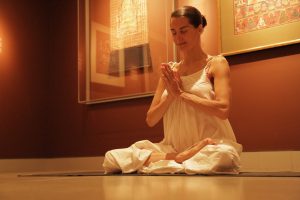
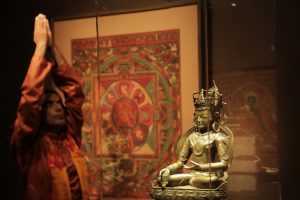
The practice space was hot huge, but very comfortable for our group of 30 people. The teacher Ali Cramer from one of the busiest yoga studios in New York has begun the flow, and the magical music by Morley Kamen started playing. The first part was very encouraging and third part was smooth and relaxing, but the middle culmination part has been in my opinion missed. I think they could have squeezed a little more juice into the whole thing. It was like tasting, but not the whole dinner. If I had a chance to organize a similar event, it would have been at least half day workshop with more time preparing for the practice, with slow, deep and mindful process, and with the deep yoga nidra as a final accord to the yoga symphony. But going to an event like this I was a priori expecting something more then just a regular yoga practice, and you know what they say about expectations! We should case them aside and be open-minded to everything that comes with the flow."
Yoga practice helps you go with life flow not only in museums, but also in sculpture parks. Seven years ago, when deCordova Sculpture Park and Museum in Massachusetts was looking for new programs for all ages, yoga was the answer. “Yoga seemed like a natural fit for us since so many people already come to relax and unwind. This is our seventh summer offering Yoga in the Park. The teachers have changed over the years, but we've always partnered with Massachusetts Stil Studio. Some teachers create classes that are inspired by the sculptures in deCordova collection. Eve Celebrant by Marianna Pineda is one that gets emulated often” – Jennifer Schmitt, Head of Marketing, Communications, and Digital Strategy deCordova Sculpture Park and Museum.
DeCordova is a beautiful place for a yoga class with 20-30 people (over 40 on a beautiful warm day) and for quiet meditation by great art pieces. The admission is included with the class just don’t forget to bring your own mat and water.
Another beautiful open-air museum with yoga classes is Storm King Art Center in NY, where you can find “Three Legged Buddha” by a Chinese artist Zhang Huan. His sculptures and works on paper were exhibited in 2014 and fit wonderfully with weekly yoga.
Not only in the US, but around the world you can find yoga in museums – Museum of Contemporary Art Australia, YARAT Contemporary Art Space in Baku, Museu Nacional d’Art de Catalunya in Barcelona are just to name a few. In our next article we will tell you about Yoga in European museums, stay tuned!
